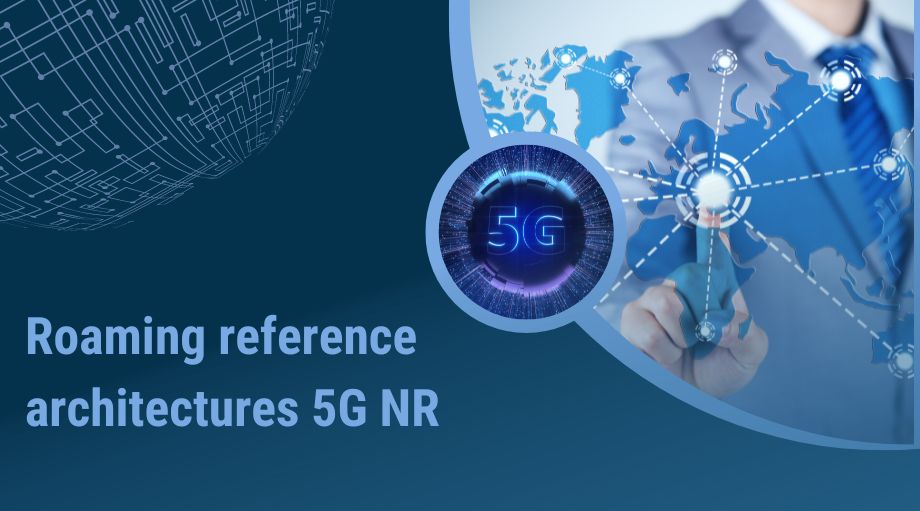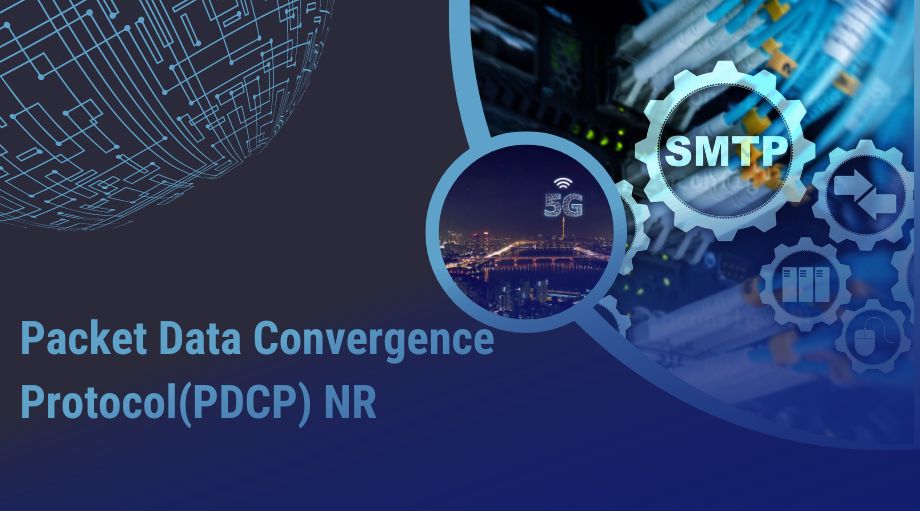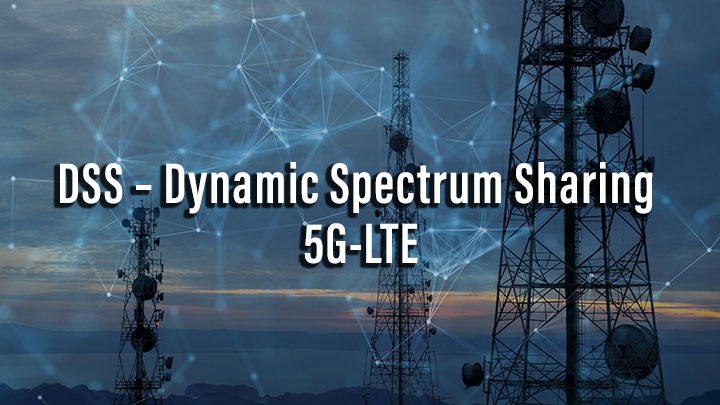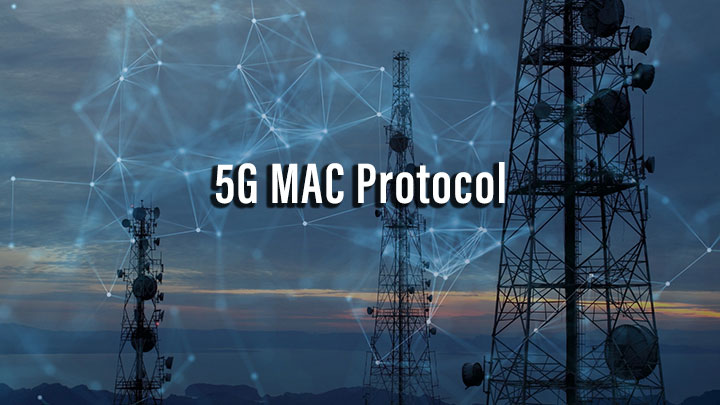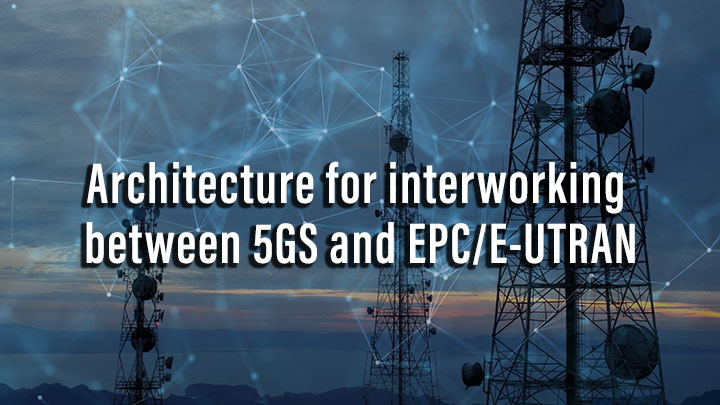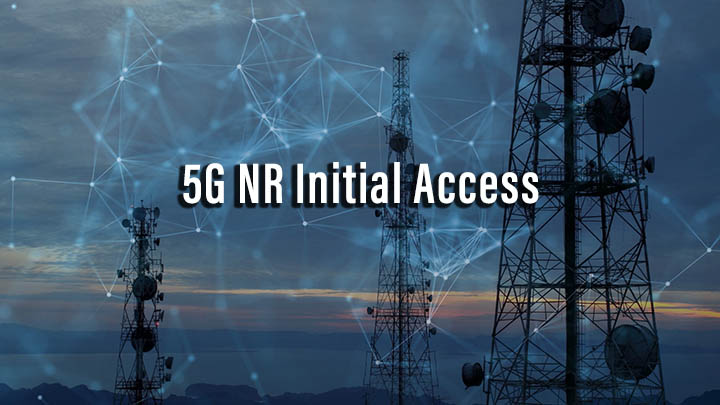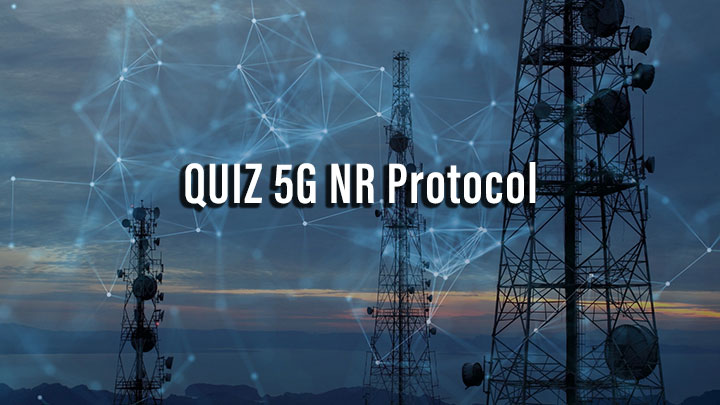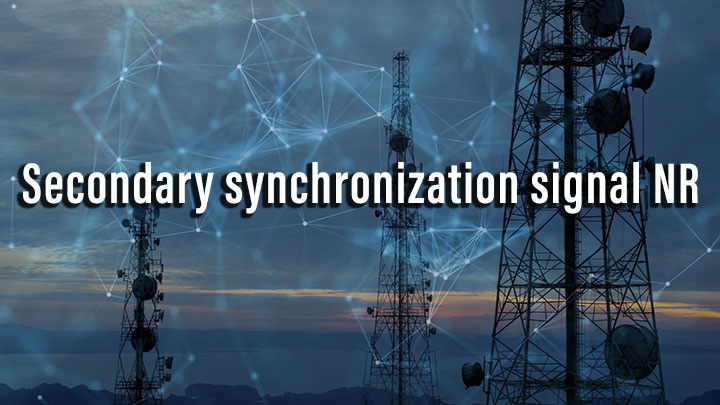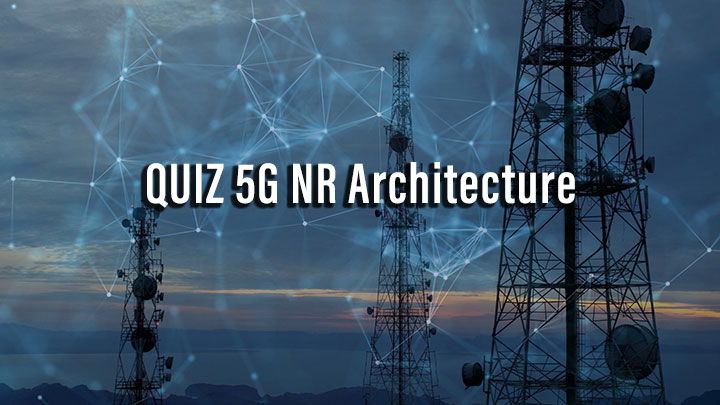5G NR is the foundational technology for the fifth-generation cellular network, offering unprecedented improvements over previous generations. It dramatically increases speeds and capacity, enabling faster internet and supporting more users simultaneously. With ultra-low latency, 5G NR enhances real-time applications like augmented reality and autonomous driving. It operates across various frequency bands, providing flexibility and wider coverage. Key features include advanced network slicing for tailored services and significant improvements in energy efficiency. This technology is not just a leap in mobile connectivity; it’s a gateway to innovative applications and services, shaping the future of digital communication.

